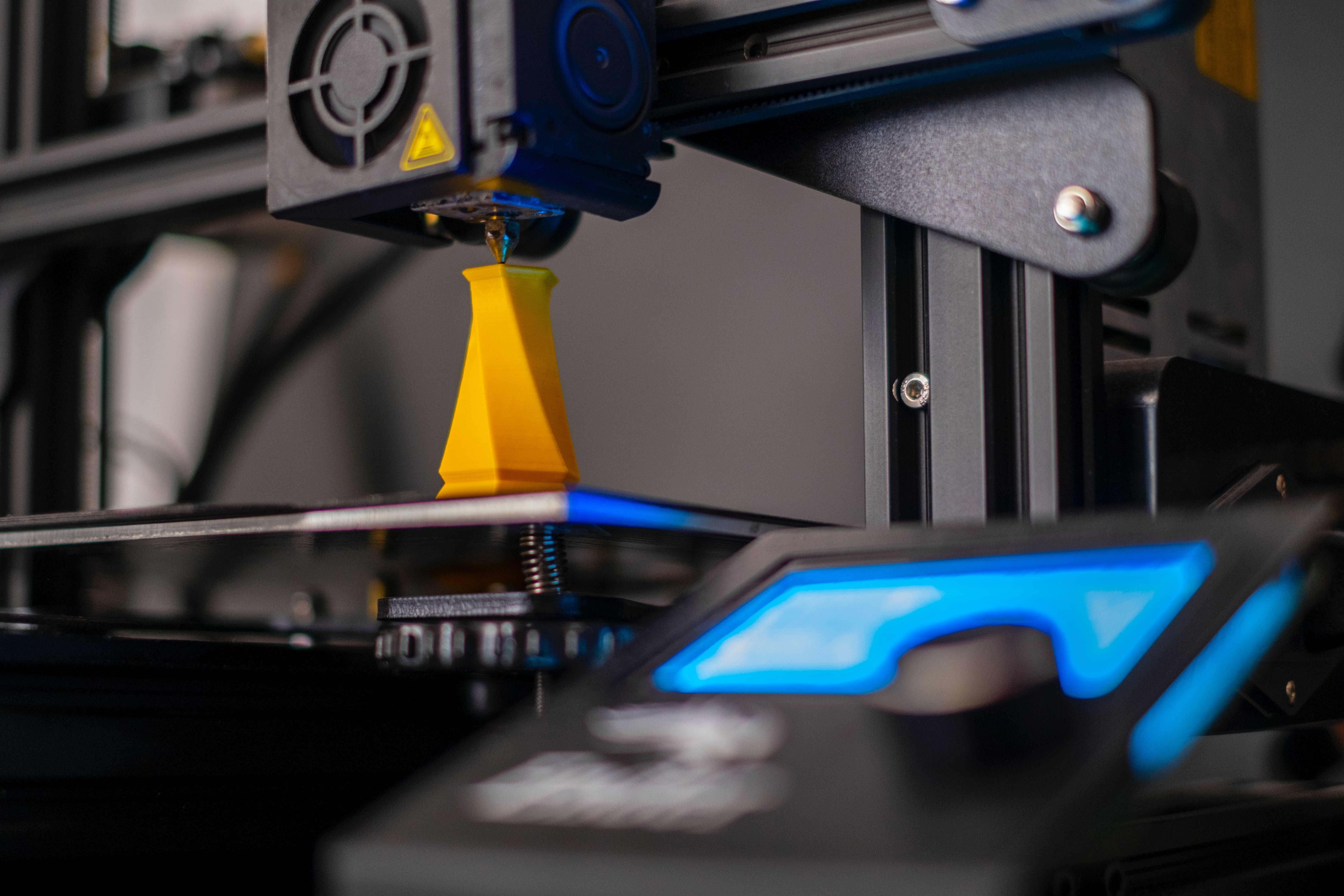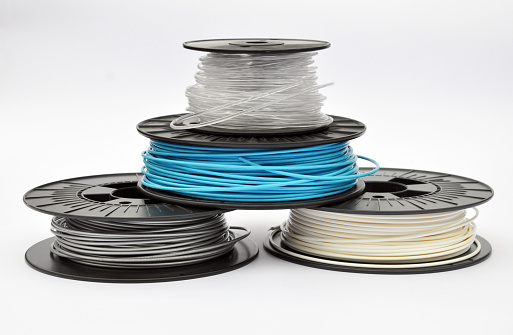Transparency is sought after in a variety of sectors. It includes optomechanical engineering and medical technology, as well as the production of aesthetically appealing casings for consumer goods. With all the progress that additive manufacturing has witnessed, 3D printing is becoming increasingly utilized to create transparent goods. We will go through everything you need to know about transparent 3D printing in this blog post, including the materials and fabrication choices available, as well as how to tackle the difficulties associated with this clear 3d printer filament in order to get the most transparent outcomes possible.
What Is Transparent/Clear 3D Printing?
Transparent 3D printing is the process of creating 3D printed items that have varying levels of translucency. The results can range from translucent to almost transparent. The variety of outcomes can be attributed to a number of factors, such as the 3D model’s complexity, the type of 3D printer utilized, printing parameters, the material used, and post-production editing.
It is critical to realize that printing with completely transparent inks may be difficult depending on the additive manufacturing technology and composition used.
The Best Clear 3D Printer Filaments
Let’s look at the many transparent 3D printing filaments options available to you. The advantages, disadvantages, and best practices for each option are discussed.
The most frequent clear or translucent 3D printer filaments include PMMA, PETG, Clear (Natural) PLA, Trans Clear ABS, and Polycarbonate.
You might discover that transparent PLA filament is the easiest to get started with. But we’ll go through all of the clear 3D printing filament available below.
You will get out of this what you put into it, of course. If your materials are low-cost and low-quality, or if they’re composed only of pure resin for printing, you won’t be able to achieve very good results.
It’s easy to be swayed by the prospect of obtaining better parts. However, we want you to at least compare high-quality filament against what you have been using.
Natural PLA Filament
Many natural PLA filaments are not actually clear PLA filaments, although high-quality ones are. Our PLA is as transparent as PLA gets, but it has a faint yellow tint Which is typical of PLA – you can see this in the Spitfire wing to the left.
This is another frequently utilized material, similar to ABS. It also has the extra benefit of being biodegradable, so it causes less harm to the environment and you may feel better about using it.
Translucent PLA filament is one of the least difficult to produce clear and get good results with. Excellent PLA may also be sanded and polished easily, which is the most effective method for obtaining an extremely smooth finish that allows light to pass through freely.
It will be as near to transparent PLA filament as it is possible for it to be.
The finish will be more polished and smooth if you use finer sandpaper. Depending on the layer height you printed with, you’ll need finer or coarser sandpaper. Then send in a circular motion using progressively finer and finer grits (this is crucial because you’re attempting to get rid of any surface flaws).
Use sandpaper with a grit of 400 to start, and work your way up to 200 grit. Finish with a grit of 3000 or higher for an incredibly smooth finish. If you can do this on both sides of a print wall. You’ll be able to get a really distinct finish.
For the best results, make sure the sandpaper is moistened before use. Don’t be too aggressive about heating up the surface by going too quickly.
PMMA Filament
It is a transparent plastic acrylic material with excellent impact strength. As you may already be aware if you’ve used it before. PMMA is frequently employed in place of glass. Because of its strength and impact resistance.
PMMA’s transparency is quite high, with typical grades allowing 92 percent of light to pass through their surface. Which is greater than other plastics and even most glass.
The clarity of PMMA is superior to that of other materials. And it comes in a beautiful array of colors and artworks.
Polycarbonate Filament
This is a strong, 3D printing filament that is optically transparent and works best in a warm atmosphere.
It’s flexible and can be bent repeatedly without shattering. Making it ideal for creating a wide range of hipster jewelry. That appears like it was created for a seven-year-old girl.
Allow me to explain. Polycarbonate (PC) is a really underappreciated printing material.
It has a smooth, glossy sheen to it at the end. It requires a hot extruder to print it normally, and if you want translucent results. We recommend going even higher (260+ degrees Celsius).
A number of advantages exist with PC. It can be smoothed with acetone to reveal clearer results, much like ABS.
Clear ABS Filament
ABS is not clear by nature, like the other materials. We need to combine it with an additive to make it visible. And by translucent, we mean at best transparent.
ABS is a versatile material that can be used in just about every form factor imaginable. If you must print in ABS, either use clear or translucent ABS colors. Or make an acceptable compromise by going with a more transparent material.
ABS is printed and heat cut to finish the printing. However, you may also post-print smooth ABS with Acetone vapor smoothing, which is a plus. This implies that you can get the layers very smooth, allowing for significant light transmission.
Clear PETG Filament
This is a really strong clear 3D filament with excellent layering adhesion (almost unbreakable). And it has less shrinkage than other filaments. Making it ideal for printing translucent, big objects that won’t shatter under stress.
It’s a hit with the ladies. When printing, it has no odor and is frequently capable of producing clear, smooth finishes. As a result, it’s the ideal material for creating things that don’t break when flexed.
For PETG, the colors are quite bright. It can’t be smoothed with acetone and, while it may be sanded. It doesn’t sand as well as PLA. However, because of its smooth finish, you should be able to print PETG prints quite nicely. So it is less likely to require post-print finishing.
PETG is the most transparent 3D printer filament, requiring the least amount of post-printing work to obtain an acceptable result.
To know more about Essential 3D Printing Tools For Professionals click here.
To know more about 3D Printing Resin vs Filament: What’s The Difference click here.
To know more about How To Fix A 3d Printer Printing Thin Filament click here.
To know more about Nylon 3D Printer: What You Need To Know click here.



